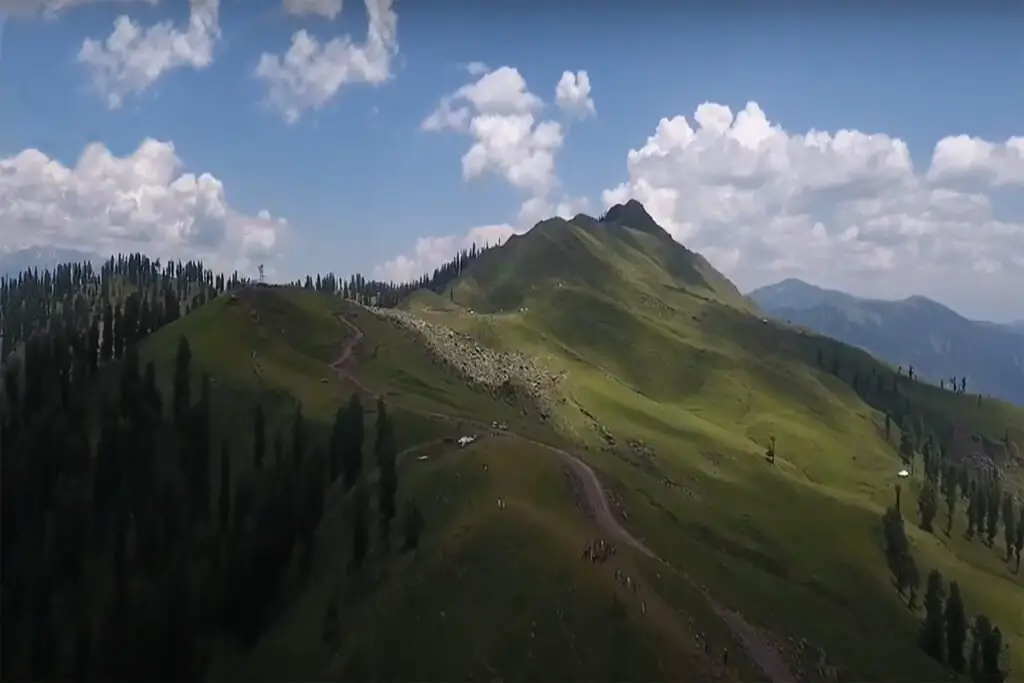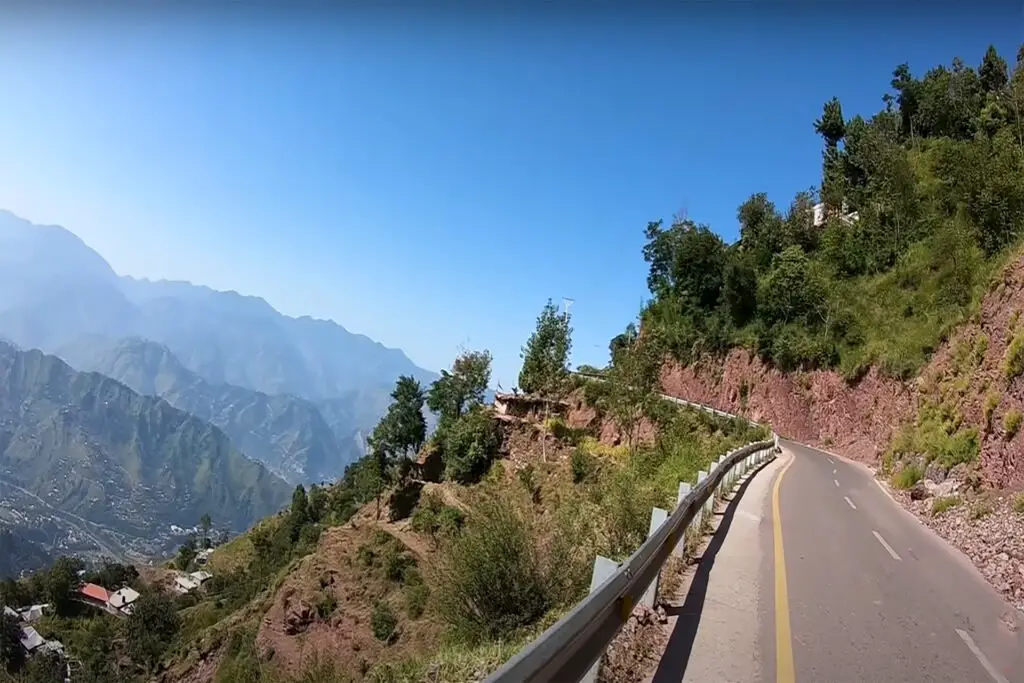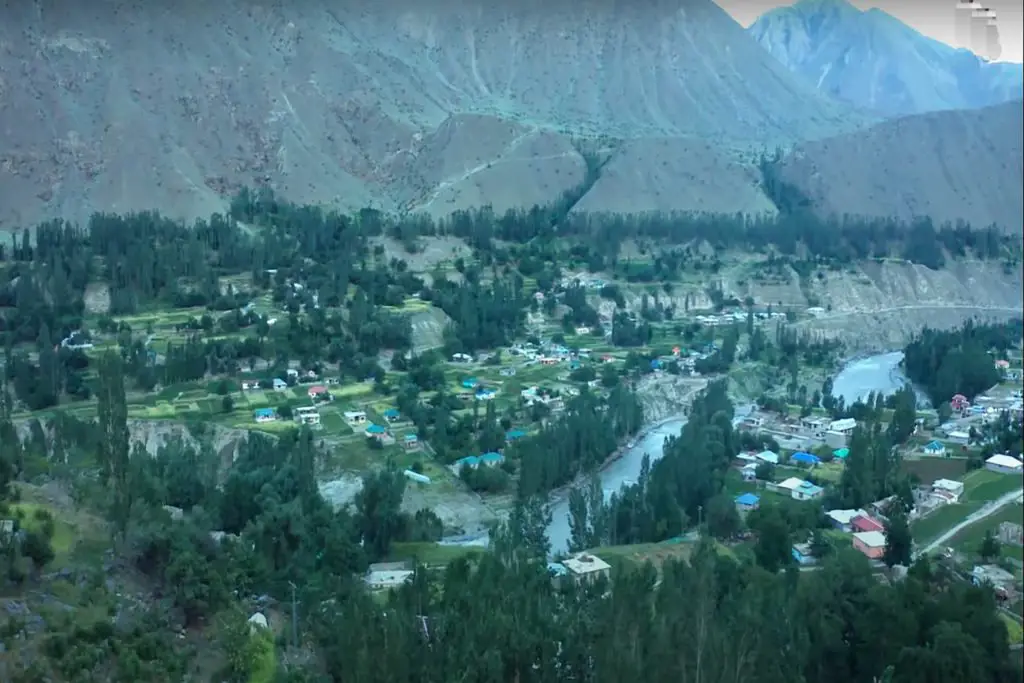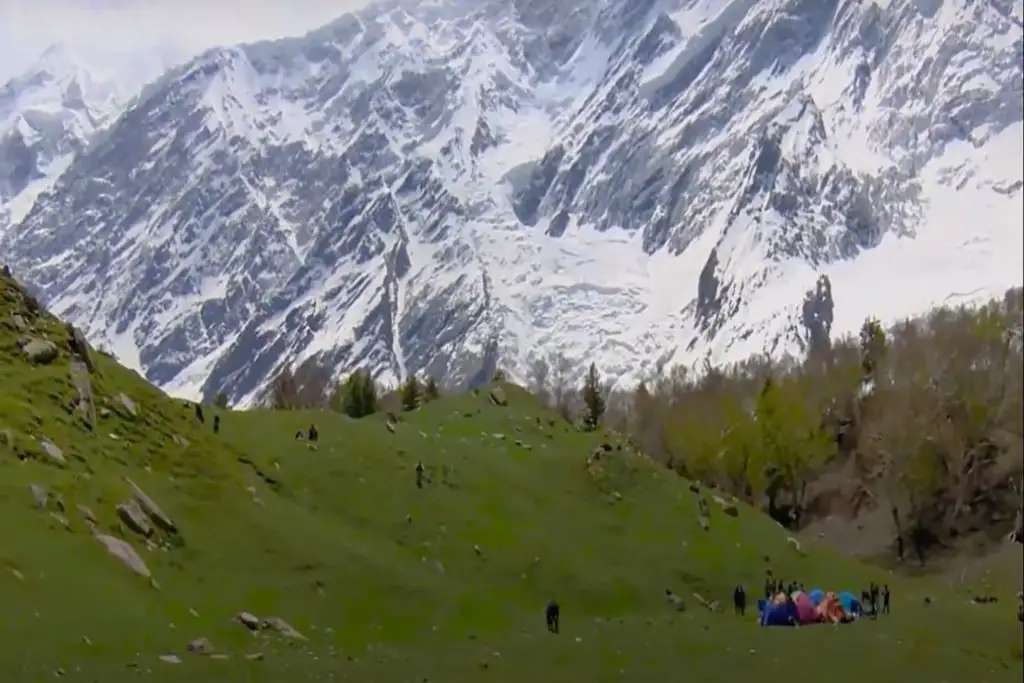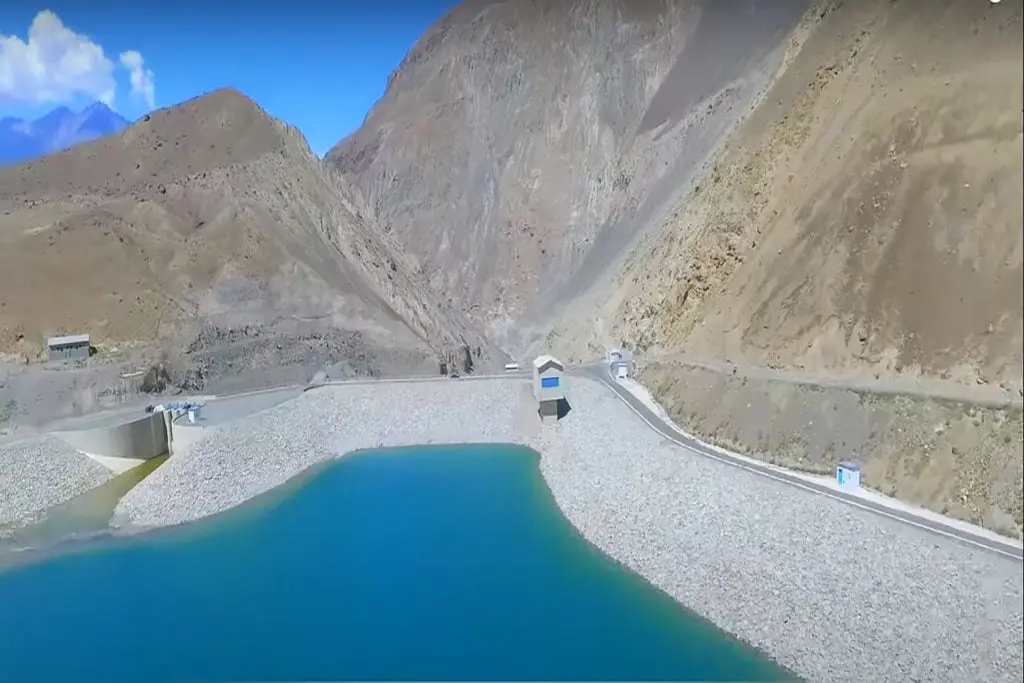Gasherbrum IV (the shining wall), also known as GIV, is a peak in the Karakoram mountain range of the Himalayas, located in the Gilgit-Baltistan region of Pakistan. Standing at 7,925 meters (26,001 feet), Gasherbrum IV is the 17th highest peak in the world and is one of the most beautiful and challenging peaks for mountaineers to climb.
Gasherbrum IV Base Camp is situated near Broad Peak, contributing to the awe-inspiring landscape of this remote region. Nestled at the northeastern terminus of the Baltoro Glacier within the Karakoram Range of the Himalayas, the Gasherbrum massif boasts three of the world’s renowned 8,000-meter peaks.
Gasherbrum IV Summit
The first successful ascent of Gasherbrum IV was made in 1958 by an Italian expedition led by Riccardo Cassin. The team climbed the peak’s southeast ridge, which is considered to be the easiest route to the summit. Since then, many other expeditions have attempted to climb Gasherbrum IV, using various routes and techniques.
One of the most challenging routes to the summit is the north ridge, which was first climbed by a Japanese team in 1985. This route involves climbing steep ice and rock faces, with the added danger of unpredictable weather conditions. Despite the technical challenges, the north ridge route is still considered to be one of the most popular routes for climbers seeking a true test of their skills and endurance.

Gasherbrum IV Climbing History
The west face of Gasherbrum IV has earned its nickname, the Shining Wall, due to the captivating spectacle of the sunset’s radiant glow reflecting off its towering 2,500-meter facade. But beyond its breathtaking beauty, this iconic feature represents one of the most formidable challenges in Himalayan climbing. In the 1980s, numerous attempts to conquer the wall proved futile, until Polish climber Wojciech Kurtyka set out to unravel its secrets.
Kurtyka’s determination led him to propose the audacious idea to Jerzy Kukuczka, but it was Austrian mountaineer Robert Schauer who became his trusted partner for this monumental endeavor. In the summer of 1984, the pair embarked on a trek to the Gasherbrum Massif to study the face and plan their route for the following year. Interestingly, they chose to deviate from previous expeditions and explore a line on the right side of the face instead of following the crest of a spur.
Embracing a minimalist and daring alpine style, Kurtyka and Schauer began their ascent with only essential gear, including a rope, minimal hardware, a bivy sack, food, and a stove. Scaling a snowy couloir in the initial section, they discarded their rope midway up the face as they reached the “shiny” portion comprised of smooth and fragile marble slabs.
Challenges arose as they encountered highly difficult pitches on either smooth or rotten rock, with several sections surpassing Grade V difficulty. They knew their belays were precarious and unlikely to withstand a fall. Despite these daunting circumstances, they persevered, pushing onward for six grueling days, surpassing the point of no return.
Perched on minuscule ledges, enduring sleepless nights without proper sleeping bags, they found little respite amidst physically and mentally exhausting days. With each morning, they continued their ascent without certainty of overcoming an insurmountable barrier.
Miraculously, they made it to the upper snowfields, only to be met with an unforeseen obstacle – a heavy snowstorm. Trapped at an altitude of 7,800 meters and with insufficient gear to descend, they were left with no choice but to weather the storm and await a chance to continue.
As days passed, their supplies dwindled, leaving them devoid of food and fuel to melt snow for water. In their desperate state, Schauer began experiencing hallucinations, envisioning a phantom third team member intent on pushing them into the abyss. Kurtyka, too, fluctuated between consciousness and unconsciousness, facing his imminent demise with grace and composure.
Nonetheless, they summoned the strength to reach the ridge when the clouds finally dispersed, revealing a starry night and a sunny morning. With frozen limbs and the arduous task of traversing waist-deep snow, they somehow managed to crest the ridge, unknowingly attaining the north summit. Despite the main summit lying a mere 25 meters above, they made the courageous decision to forgo the summit bid and instead began their treacherous descent.
The rappelling descent tested their endurance to the brink. Both succumbed to hallucinations, with Kurtyka feeling the presence of the ghostly third team member. With sheer resilience, they persevered through a grueling journey, reaching a food cache they had strategically placed at 7,100 meters during their acclimatization phase. Finally stumbling into Base Camp, they collapsed, utterly spent and depleted.
Twelve years later, a Korean team managed to conquer the Shining Wall and reach its summit, albeit via a different route – the central spur – and employing a siege expedition style. However, the remarkable achievement of Kurtyka and Schauer remains unparalleled and unrepeated, forever etched in the annals of mountaineering history.
Their triumph on Gasherbrum IV’s Shining Wall stands as a testament to human resilience, unwavering determination, and the unwritten bonds forged amidst the harshest of conditions.
Risk & Challenges to Summit GIV
Gasherbrum IV is known for its rugged and steep terrain, with the peak consisting of several sharp ridges and icy faces. In addition to the north ridge and southeast ridge, there are several other routes that can be taken to reach the summit, each with its own set of challenges and dangers.
One of the main risks of climbing Gasherbrum IV is the altitude, which can cause altitude sickness and other health issues. Mountaineers must acclimatize properly and take precautions to avoid such health problems. The remote location of the peak also poses logistical challenges, requiring climbers to carry all of their equipment and supplies with them on the climb.
Despite the risks and challenges, Gasherbrum IV continues to attract mountaineers from around the world. Its rugged beauty and technical challenges make it a true test of skill and endurance, and a reminder of the power of nature. Climbing Gasherbrum IV is a thrilling adventure that requires a high level of skill, experience, and determination.
In conclusion, Gasherbrum IV is a magnificent peak in the Karakoram range of the Himalayas that offers a true test of skill and endurance for mountaineers. Its rugged terrain, unpredictable weather conditions, and high altitude make it one of the most challenging peaks to climb in the world. However, for those who are up for the challenge, climbing Gasherbrum IV can be a truly unforgettable experience, and a reminder of the beauty and power of nature.


